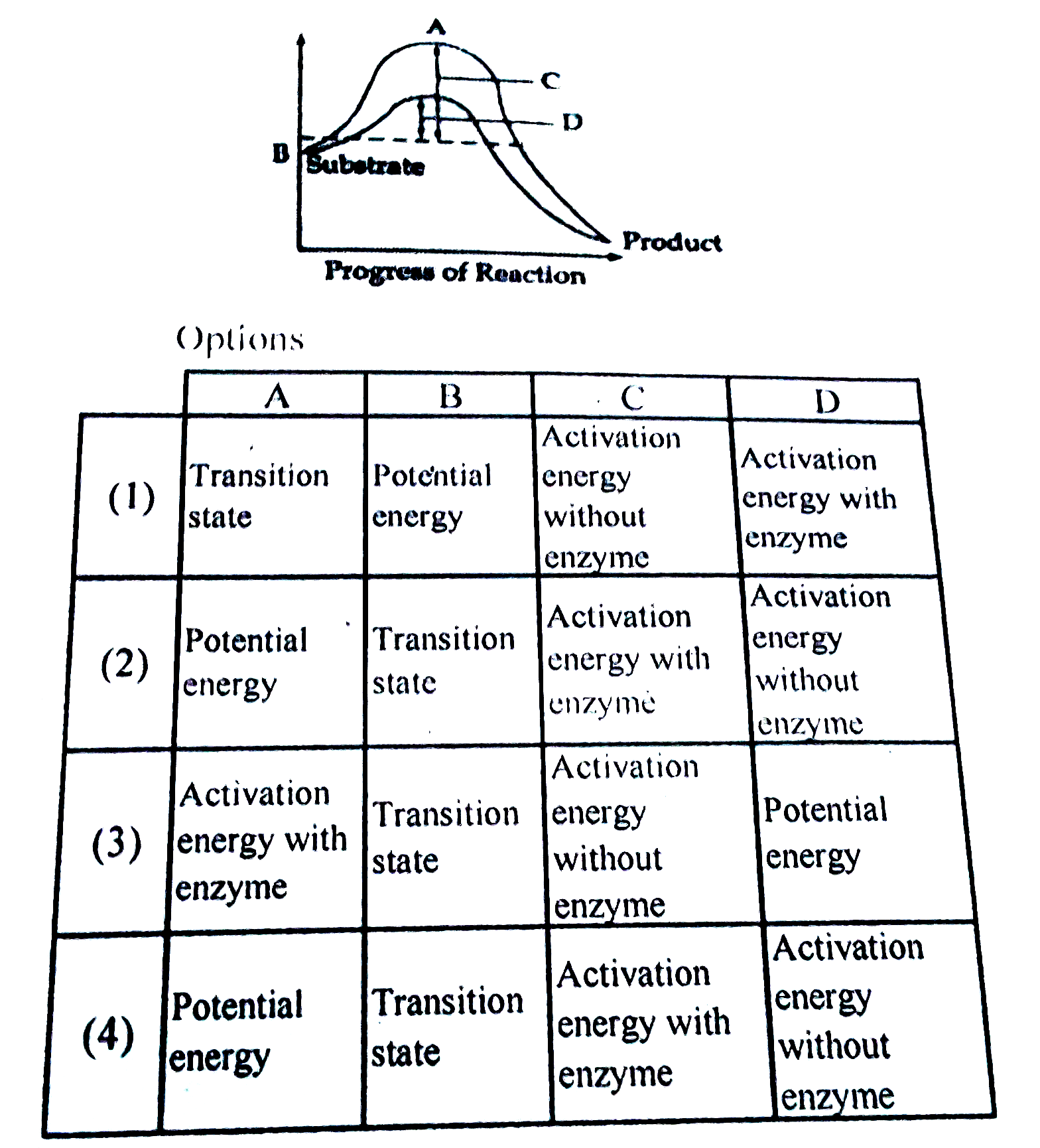Which enzyme is responsible for conversion of norepinephrine to epinephrine?
(a) Catecholamine-O-methyl transferase
(b) Phenylalanine-N-methyl transferase
(c) DOPA carboxylase
(d) Monoamine oxidase
Catecholamine-O-methyl transferase
Phenylalanine-N-methyl transferase
DOPA carboxylase
Monoamine oxidase.
The correct Answer is:B
To determine which enzyme is responsible for the conversion of norepinephrine to epinephrine, we can analyze each option provided in the question step by step.
1. Understanding the Question: The question asks for the enzyme that converts norepinephrine (noradrenaline) to epinephrine (adrenaline).
2. Analyzing Option (a): Catecholamine-O-methyl transferase:
- This enzyme is primarily involved in the degradation of catecholamines rather than their synthesis. Therefore, it does not facilitate the conversion of norepinephrine to epinephrine.
- Conclusion: This option is incorrect.
3. Analyzing Option (b): Phenylalanine-N-methyl transferase (PNMT):
- PNMT is known to be found in the adrenal medulla and is specifically responsible for converting norepinephrine into epinephrine. This makes it a strong candidate for the correct answer.
- Conclusion: This option is correct.
4. Analyzing Option (c): DOPA carboxylase:
- DOPA carboxylase is involved in the conversion of aromatic amino acids, particularly in the synthesis of dopamine from L-DOPA. It does not play a role in the conversion of norepinephrine to epinephrine.
- Conclusion: This option is incorrect.
5. Analyzing Option (d): Monoamine oxidase:
- Monoamine oxidase is an enzyme that degrades monoamines, including norepinephrine and epinephrine. It does not facilitate their conversion.
- Conclusion: This option is incorrect.
Final Answer:
The enzyme responsible for the conversion of norepinephrine to epinephrine is (b) Phenylalanine-N-methyl transferase (PNMT).
---
- This enzyme is primarily involved in the degradation of catecholamines rather than their synthesis. Therefore, it does not facilitate the conversion of norepinephrine to epinephrine.
- Conclusion: This option is incorrect.
- PNMT is known to be found in the adrenal medulla and is specifically responsible for converting norepinephrine into epinephrine. This makes it a strong candidate for the correct answer.
- Conclusion: This option is correct.
- DOPA carboxylase is involved in the conversion of aromatic amino acids, particularly in the synthesis of dopamine from L-DOPA. It does not play a role in the conversion of norepinephrine to epinephrine.
- Conclusion: This option is incorrect.
- Monoamine oxidase is an enzyme that degrades monoamines, including norepinephrine and epinephrine. It does not facilitate their conversion.
- Conclusion: This option is incorrect.
The enzyme responsible for the conversion of norepinephrine to epinephrine is (b) Phenylalanine-N-methyl transferase (PNMT).
Topper's Solved these Questions
- CHEMICAL COORDINATION AND REGULATIONBOOK - DINESH PUBLICATION ENGLISHCHAPTER - CHEMICAL COORDINATION AND REGULATIONEXERCISE - Check Your Grasp
10 Videos
- CHEMICAL COORDINATION AND REGULATIONBOOK - DINESH PUBLICATION ENGLISHCHAPTER - CHEMICAL COORDINATION AND REGULATIONEXERCISE - Brain Teasers-V
114 Videos
- CELL CYCLE (CELL DIVISION)BOOK - DINESH PUBLICATION ENGLISHCHAPTER - CELL CYCLE (CELL DIVISION)EXERCISE - BRAIN TEASERS-III
85 Videos
- CHORDATA- PROTOCHORDATABOOK - DINESH PUBLICATION ENGLISHCHAPTER - CHORDATA- PROTOCHORDATAEXERCISE - CYG
11 Videos
Similar Questions
The enzyme responsible for oxidative decarboxylation of pyruvate to acetyl Co-A is
(a) Hexokinase
(b) Succinic dehydrogenase
(c) Pyruvate dehydrogenase
(d) RUBP carboxylase / oxygenase
View SolutionWhich of the following can be true regarding epinephrine
A)Protein hormone B)Catecholamine
C)Lipid soluble D)Water soluble
E)Bind to intracellular hormone receptor
F)Steroid hormone
G)Amine hormone
View Solution
Knowledge Check
Digestive enzymes are
(a) hydrolases
(b) oxidoreductases
(c) transferases
(d) lyasesAhydrolasesBoxidoreductasesCtransferasesDlyases
Which of the following compounds will not yield amine on reaction with Br2,NaOH?
(A) Ethanamide
(B) Benzamide
(C) N-Methyl ethanamide
(D) All of these
View SolutionMatch the columns and select the correct option
column-I column-II
a. Kornberg enzyme
b. DNA ligase
c. snRNPs
d. Peptidyl transferase (i) removal of introns (ii) ribozyme (iii) joining of okazaki fragments (iv) removal of RNA primers
View SolutionRead the following statements carefully ( A - D ) :
A . Thymosin hormone helps T -lymphocytes to provide cell-mediated immunity .
B. Calcitonin ormone increases blood calcium level and is hypercalcemic.
C. Melanin hormones from the pineal gland, regulate the 24 hours (diurnal ) rhythm cycle.
D. Epinephrine and norepinephrine hormones are called catecholamines.
How many statements /s from above is /are correct ?
View SolutionIdentify the correct pair of statements
I. Niacin containing coenzymes facilitates the oxidation of malate in the matrix of mitchondria
II. Heam is the prosthetic group for the enzyme which catalyses the carboxylation of RuBP in the stroma of chloroplast,
III. The electron carrier between cyt c-oxidase and cyt-c-reductase is attached to inner membrane of mitochondria.
IV. Water spliting reaction in the lumen of thylakoid requires chlorine.
(a) I, II
(b) I, IV
(c) II, III
(d) III, IV
View SolutionWhich of the following compounds is/not oxidised by Fehling's solution?
a. Acetaldehyde
b. Phenylacetaldehyde
c. Benzaldehyde
d. p-Methyl benzaldehyde
View SolutionWhich is the correct stability order for the given carbonium ions?
A.Methyl B.ethyl C.iso-propyl D.tert-butyl
View SolutionThe figure given below shows the conversions of a substrate into product by an enzyme. In which one of the four options (1-4) the components of reaction labelled as A, B, C and D are identified correctly -

View Solution
